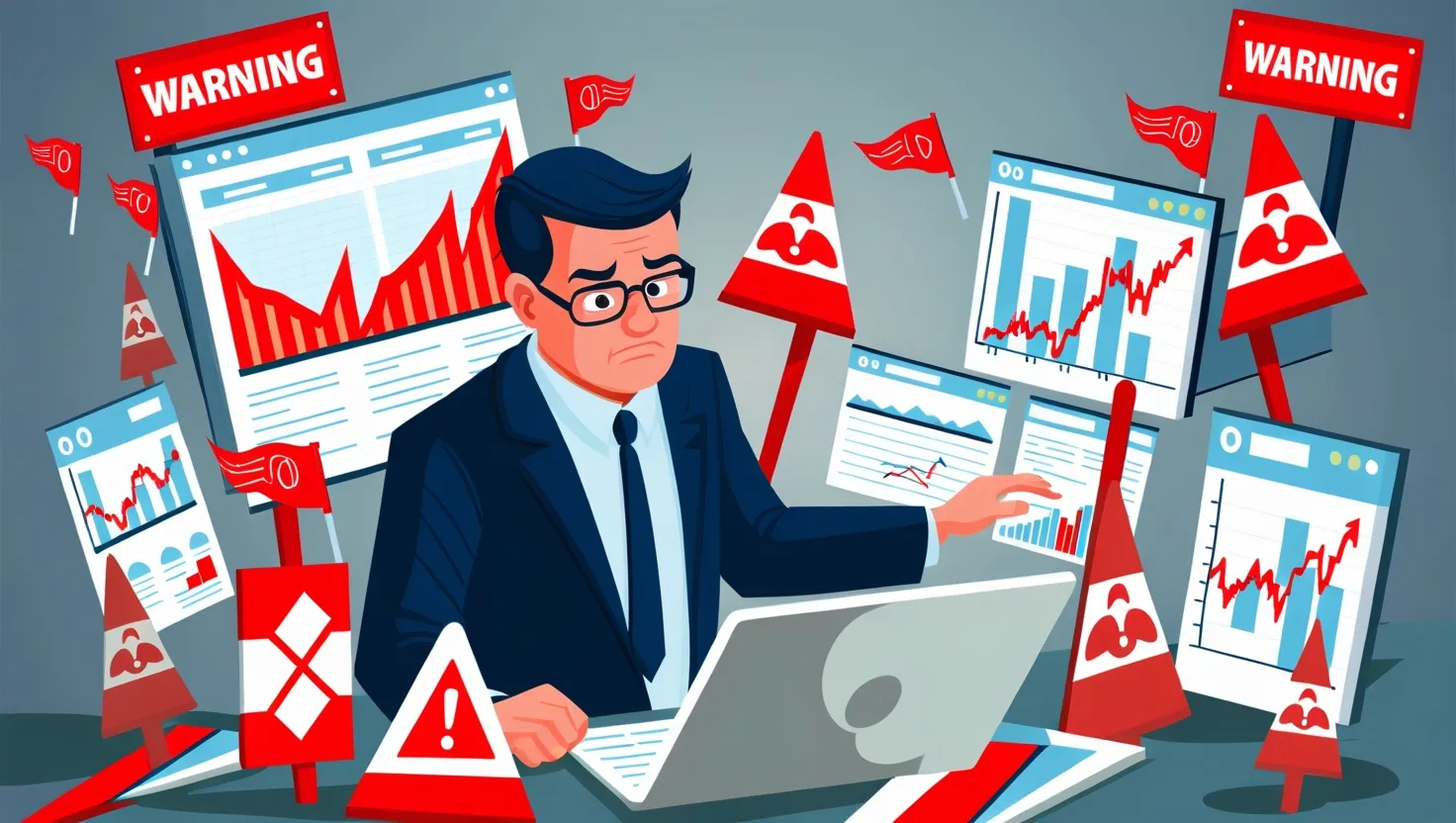When it comes to investing in cyclical commodities like metals, energy, and agriculture, the landscape can be as volatile as it is rewarding. For value investors, the key to success lies in applying timeless principles to these dynamic markets. Here’s how you can do it.
Understanding the Cycle
Cyclical commodities are inherently tied to economic cycles. Their prices can skyrocket during boom times and plummet during downturns. To make sense of this, you need to understand the capital cycle – a concept that explains how supply and demand interact over time.
Imagine a sector where low supply leads to high prices, enticing new investors and companies to enter the market. As more supply floods in, prices drop, and profitability is squeezed. This cycle of over-investment and subsequent consolidation is crucial for identifying potential market bottoms.
Analyzing Long-Term Trends
To find undervalued opportunities, you need to look beyond the current market noise and analyze long-term supply and demand trends. This involves studying historical data, industry reports, and economic forecasts. For instance, the demand for commodities like copper, nickel, and aluminum is expected to surge due to the growth in renewable energy and urbanization.
As Warren Buffett once said, “Price is what you pay. Value is what you get.” When evaluating commodities, you’re not just looking at the current price; you’re assessing the long-term value based on fundamental trends.
Evaluating Commodity Producers
Not all commodity producers are created equal. To identify the gems, you need to focus on companies with low-cost operations and strong balance sheets. These companies can weather the cyclical storms better than their peers.
Consider the mining sector, for example. Companies that have cleaned up their balance sheets over the last decade are in a strong financial position to handle any sustained cyclical downturn. They have significant operating leverage and are often viewed as dividend-paying stocks, which adds an extra layer of stability.
The Importance of Balance Sheets
A strong balance sheet is your best friend in cyclical markets. It provides the financial resilience needed to survive periods of low commodity prices. When evaluating a company, look at its debt-to-EBITDA ratio and its ability to generate cash flow even during tough times.
Benjamin Graham, the father of value investing, emphasized the importance of a margin of safety. In cyclical commodities, this margin of safety often comes in the form of a robust balance sheet.
Using Dollar-Cost Averaging
Timing the market is a fool’s game, especially in cyclical commodities. Instead, use dollar-cost averaging to build your positions over time. This strategy involves investing a fixed amount of money at regular intervals, regardless of the market’s performance.
By doing so, you mitigate the risk of investing a large sum at the wrong time. It’s a disciplined approach that helps you smooth out market volatility and avoid the emotional pitfalls of trying to time the market.
Applying Traditional Value Metrics
Value investing is not just about buying cheap stocks; it’s about buying quality companies at a discount. When it comes to commodity-related stocks, you can apply traditional value metrics like the price-to-earnings (P/E) ratio, price-to-book (P/B) ratio, and dividend yield.
These metrics help you determine if a stock is undervalued relative to its peers or the broader market. For example, if a mining company has a low P/E ratio compared to its historical average, it might be a sign that the market has undervalued its earnings potential.
Managing Portfolio Exposure
Cyclical commodities can be volatile, and managing your portfolio exposure is crucial. Here’s a question to ponder: How much of your portfolio should be allocated to commodity stocks?
The answer lies in diversification. Spread your investments across different sectors and asset classes to minimize risk. Also, consider the overall economic cycle and adjust your exposure accordingly. During economic downturns, it might be wise to reduce your exposure to cyclical commodities and increase it during recovery periods.
Case Studies of Success
There are several case studies of successful value investments in cyclical commodity companies that highlight the importance of patience and a long-term perspective.
For instance, consider the European mining sector, which has been through a period of under-investment. This has led to a supply shortage, making it an attractive time to invest in mining companies with strong balance sheets and low-cost operations.
Another example is the energy sector, where companies with a focus on renewable energy are poised for long-term growth. These companies often trade at lower valuations compared to their traditional energy counterparts, making them attractive value investments.
The Power of Patience
Value investing in cyclical commodities is not for the faint of heart. It requires patience and a long-term perspective. As Charlie Munger, Warren Buffett’s business partner, once said, “All I want to do is get richer by owning good stocks.”
To achieve this, you need to be willing to hold onto your investments through market ups and downs. The cyclical nature of commodities means that prices will fluctuate, but if you’ve identified quality companies with strong fundamentals, the market will eventually recognize their true value.
Conclusion
Investing in cyclical commodities using value investing principles is a nuanced art. It involves analyzing long-term trends, evaluating company fundamentals, and using strategies like dollar-cost averaging to manage risk.
As you embark on this journey, remember that value investing is about separating a company’s market price from its intrinsic value. It’s about finding quality companies trading at a discount and holding onto them as their value increases over time.
So, the next time you’re considering an investment in cyclical commodities, ask yourself: Are you buying a company based on its current price, or are you investing in its long-term value? The answer to this question could be the difference between a successful investment and a costly mistake.






